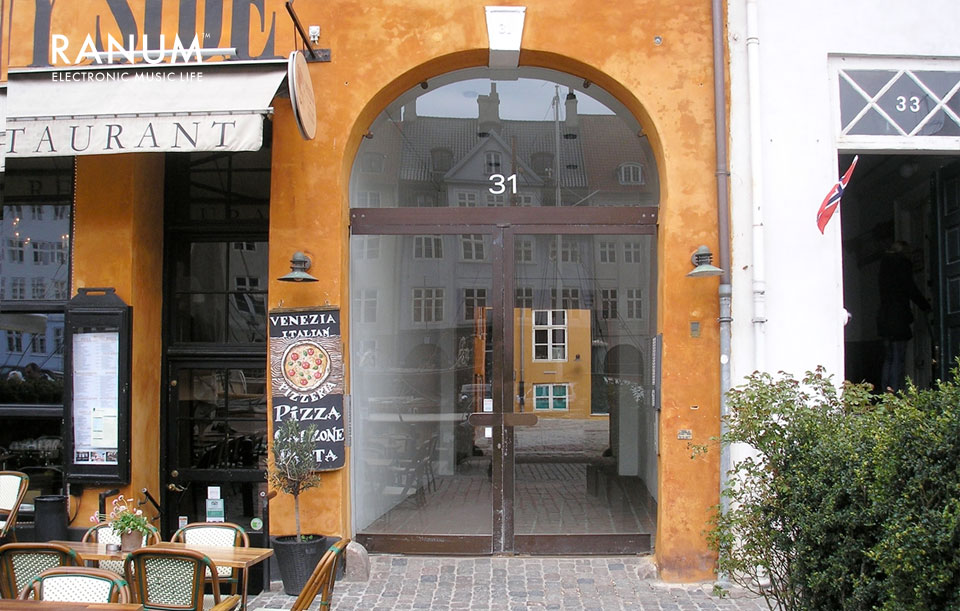
SOME MYTHS PUNCTURED
There have been many stickers attached to DéFilm. A big part of the music press was – directly or indrectly – under considerable influence of Medley Records and other major labels on the Danish market, such as CBS, EMI and Polygram. And Medley chose to use the recording costs of the debut album “DeFilm” as a shoutout marketing parameter, so the press story about “a very expensive production” was written again and again.
In the chapter on DeFilm in Danish top producer Poul Bruun’s 2015 book “Hit, Shit & Albuer”, he describes the DeFilm period as seen from the label POV. But things looked very different indeed, looking from the artist side. The descriptions in Poul’s book are amusing, but not always completely true. Below you get the true story, as viewed from the artist side.
TEAMING UP
Although I was quite tired of band hassles after splitting up with Scatterbrain, I was still excited by the prospect of forming a modern band with a strong vision, from the bottom. So after being introduced by Bo Bøtker from Irmgardz in 1982, I teamed up with Tommy Corfixen, Søren Riis-Vestergaard, Lars Thornblad, Lars Nygaard and Joan Kirkeby to form a new Danish electronics influenced rock act, that was later to be known as “DéFilm”.
Common inspirations were originally David Bowie, Talking Heads, Roxy Music, The Police, Blondie, Simple Minds and Duran Duran.
Tommy – the lead singer – was a tall and handsome front figure, with a succesful modelling career for In-Wear/Matinique and other high profiled brands. His charisma, strong songwriting and intense ambitions were among the driving factors that convinced me to enter in a collaboration. And the enthusiasm from the other band members also showed commitment, ambitions and willingness to make the sacrifices it would take to become successful.
JAPANESE AMBITIONS
Tommy, who had travelled a lot for modelling, had a vision of going to Japan and play there, and that quickly caught on with all members. So the plan was to rehearse, make a cool studio demo, and then take the first flight to Japan to shop it there.
REHEARSAL STUDIO: NYHAVN
We managed to acquire a very nicely located basement rehearsal studio in Nyhavn, Central Copenhagen, and after some work and struggling with mineral wool for insulation, the strategy and music to make us a successful electronic rock band was laid out.
During this period I had to leave for some weeks to attend the “City Slang” sessions with Lars HUG. In my absence I was substituted on keyboard by my old pal Morten Roger Henrichsen, so the rehearsals could continue.
In Nyhavn we also had good vocal backups from singer Birgitte Breitenstein. Although she did not go touring with the band, her edgy vocals and good mood spread the right vibes over the project.
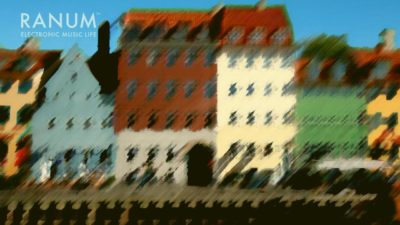
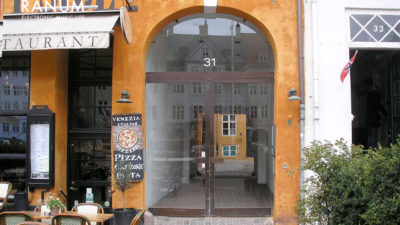
The rehearsal studio in Nyhavn naturally gathered some of the many talented artists and colorful types hanging around Nyhavn in the days. Among others, established painter Tom Krøjer had his gallery next door, and I still have a very nice lithography from him. And american artist Vicki Lang made a very nice – and very american – heart-shaped work for the band, that was featured on the wall.
After rehearsals we often had coffee or beer in the nearby local cafe “Blomsten” in Lille Strandstræde where talks were continued. The bands mission and progress was always in focus, both day and night, and everybody went in with full and youthful enthusiasm.
During the first “Copenhagen Carnival” in 1982 DéFilm performed a live jam-session, in Nyhavn 31, just outside the rehearsal room, which attracted quite a lot of attention, and marked the first time the band ever played live.
RECORDINGS FROM NYHAVN
Many recordings were made in the small basement studio in Nyhavn – in an acceptable, but not master quality. You will find a few of these recordings on the official bootleg online album “Undercovers” released this year.

Spoon in my mouth
DeFilm
Julia
DéFilm
747 - Slow (1983)
747 - Very slow (1982)
DéFilm
DEMO RECORDINGS – PUK STUDIO
I got to know the quite remotely located Puk Recording Studio during the recordings of the “City Slang” album by Danish singer Lars HUG.
And when it was time for DéFilm to record their first professional demo, I suggested Puk, and everyone agreed that it would be a good place to go. So we packed our instruments in a van and went on a field trip to Randers for a 10-day stay in the residential studio.
It was very productive, and since we had rehearsed quite intensively up to the studio session, we had 6 songs recorded and mixed during that stay.
REHEARSAL STUDIO: FÆLLEDVEJ – NØRREBRO
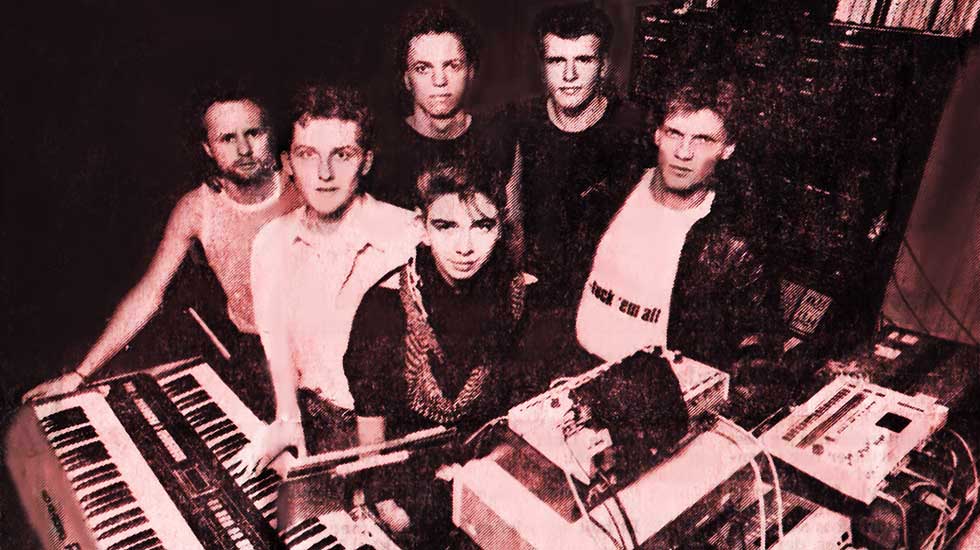
Having moved to a much larger rehearsal studio in Fælledvej 19, Copenhagen we were continuously producing new material, and preparations started for the second album. With daily rehearsals and composing sessions, the job was taken very seriously. We had wall-to-wall mirrors installed in the main rehearsal room, to be able to better check the look of the performances.
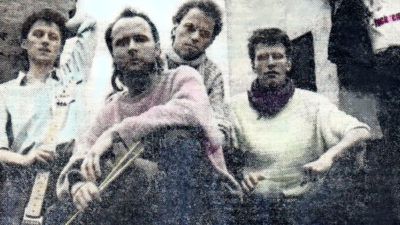
Rooftop Posing

Monday morning rehearsal
Simultaneously with the DeFilm recordings I participated in quite a lot of other productions in this period, with artists such as Michael Falch (producing his first solo album), TV-2, Laid Back, Rugsted/Kreutzfeldt, Kim Larsen and more (as a programmer and studio musician).
In the Fælledvej studio, recording was taken quite seriously, and a lot of recordings were made, both with the full band and my own recordings with my extensive keyboard setup in the control room.
RECORDINGS FROM FÆLLEDVEJ

001 | You've got it all | 1984
Electronic Demo
010 | Girl of the Century
Electronic Demo
004 | Bitter Surprise | 1983
Electronic Demo. Ranum Vocal
LIVE & TOURING
The band went on to play a string of concerts – including major festivals and outdoor events like SmukFest / Skanderborg Festival, Midtfyns Festival, Gilleleje Festival, and Femøren Copenhagen.


